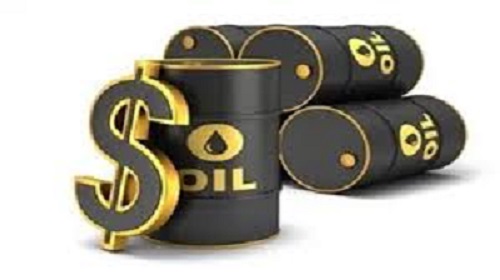Surging U.S. shale production, coupled with a breakeven oil price duel between OPEC and international oil majors, will likely drive oil prices back to the low $50s in the medium term, according to J.P. Morgan.
The oil cost curve is deflating, with the breakevens of oil majors, OPEC nations, and shale producers all showing a downtrend, but a “breakeven duel” between Big Oil and OPEC could soon lead to “a vicious cycle for oil prices, with medium-term pricing likely to gravitate to the low-$50s,” the investment bank said on Thursday.
OPEC’s oil budget breakevens are in the mid-$60s a barrel for 2018, while the breakeven for international oil majors to cover cash dividends is around $50 a barrel oil, J.P. Morgan said.
At the moment, the forward curve of the oil market is above where the cost curve is, which creates excess cash flow, and when you have high spot prices, the excess cash gets invested in future capacity, Malek said.
Corporate cash breakevens are roughly $50 a barrel and excess cash is being used to return to shareholders and to invest in capacity, he noted.
In addition, the majors have pushed up production growth targets in their latest earnings releases, which is a sign that they are becoming more efficient, Malek told CNBC.
“What we’re seeing is longer-durated production outlooks, meanwhile OPEC is using the excess cash to build its own capacity in order, once the deal is over, to put it back online,” he said.
Commenting on the idea that OPEC and Russia could agree to oil market cooperation for up to 20 years, Malek said:
“I think to see Russia continue with OPEC over the medium term is quite bullish. Our base case would be that you’d find that they sort of agree on an independent framework, work together but ultimately just around a range in production.”














